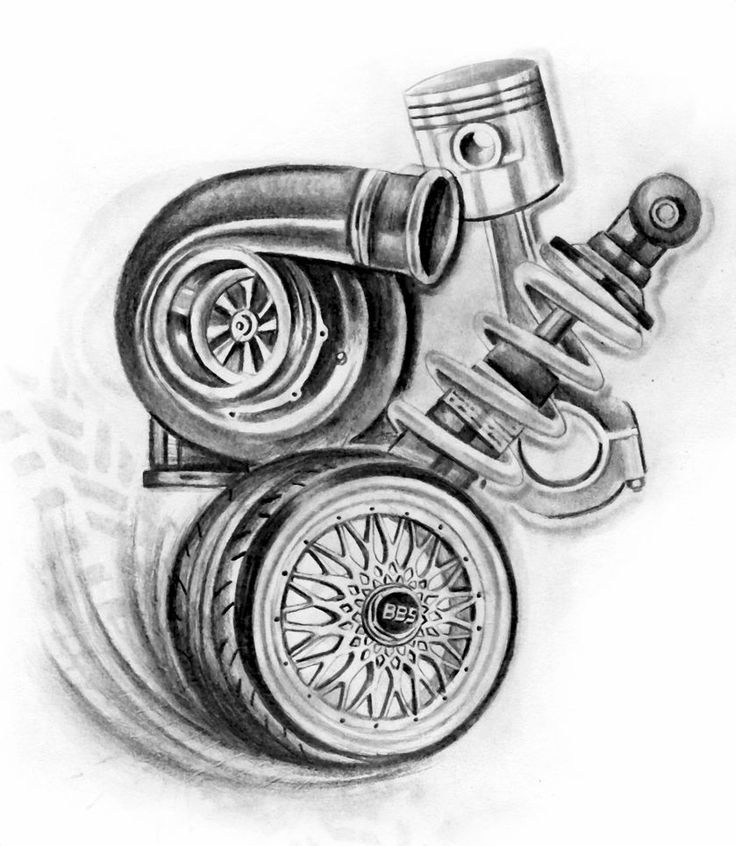WHAT ARE TURBOCHARGERS?
IDENTIFY PROBLEMS WITH TURBOCHARGERS:
Several reasons help in detecting turbocharger failure early. First, it helps prevent unexpected and costly repairs. Second, addressing turbocharger problems as soon as you notice them will help maintain the optimal performance and fuel efficiency of your vehicle. Finally, knowing what signs of failure to watch out for will help extend the life of your turbocharged vehicle, allowing you to enjoy more boost!
MAJOR SIGNS OF TURBO FAILURE:
Power and acceleration loss: As mentioned, power and acceleration loss are both validating signs of turbo failure. If your car’s performance is sluggish or it does not have any pull upon acceleration, it can most likely be the turbo. This display is often combined with an overall loss of engine performance, especially when you step on the gas or try to climb up a hill, and is commonly generated by worn-out turbine blades or leaking compressor seals. We recommend always checking the shaft play of your turbo to make sure it is within spec.
Operating noises: A failing turbocharger can create several noises, mostly loud squealing. These sounds are most commonly the result of mechanical faults such as worn-out bearings or damage to the compressor or turbine wheels.
Excessive Exhaust Smoke: An excessive amount of exhaust smoke is another indication of turbocharger trouble. Depending on the issue, the smoke may appear black, blue, or white. Black smoke suggests incomplete combustion, often due to a rich fuel mixture or a clogged air filter. Blue smoke indicates oil in the combustion chamber, potentially caused by worn piston rings or valve seals. White smoke could signal coolant entering the combustion chamber, possibly from a leaking head gasket or cracked cylinder head.
What to do if you notice the symptoms of turbo failure:
As soon as you suspect that your turbocharger is failing, you need to take immediate measures to prevent its further failure leading to your engine’s damage. For proper turbocharger maintenance, you will also need to complete the following steps.
Stop your vehicle at a safe place and switch off your engine to detect any obvious damage or leaks of oil or other substances
Verify the levels of your engine’s oil to ensure that they are within the standard range, if possible.
Do not use your vehicle in case you suspect a huge failure of your turbocharger as it may become worse.
Visit your car mechanic to diagnose the turbocharger comprehensively and verify your suspicions.
In conclusion:
all the above-mentioned signs could appear because of some other problem, but they are likely to be the most common signs. Thus, we may suppose that it is suggested to stop using the vehicle and take it to a shop for a check-up.

